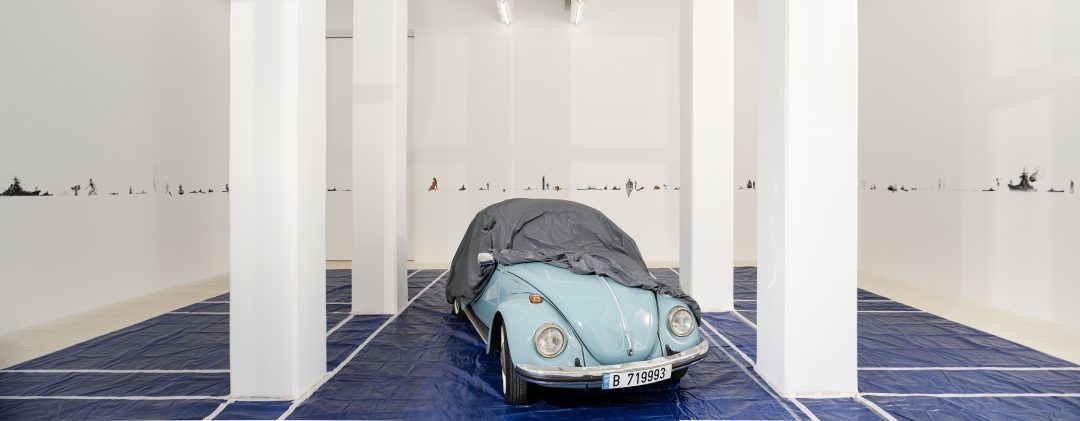
At the Sfeir-Semler gallery in Beirut, Walid Raad presents Festival of (In)gratitude, a captivating double exhibition that revisits the memories of the Lebanese civil war through intriguing and thought-provoking works.
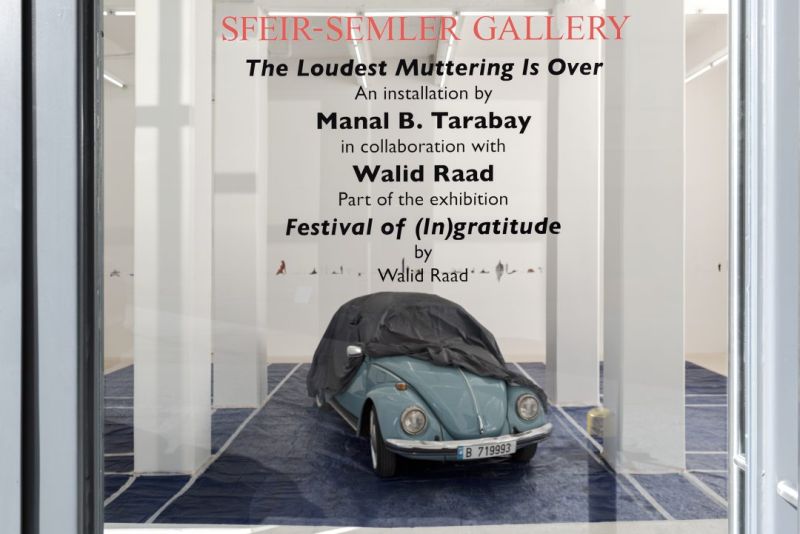
In two distinct spaces at the Sfeir-Semler gallery, the works of Walid Raad and his fictional "collaborators" are on display, evoking memories of the Lebanese civil war from the artist's unique perspective.
[gallery size="full" ids="283205,283206"]
"Another exhibition in a time of historic threats," reads the invitation to Walid Raad's exhibitions, held at two locations: the Sfeir-Semler gallery in Downtown Beirut and in the Quarantine district.
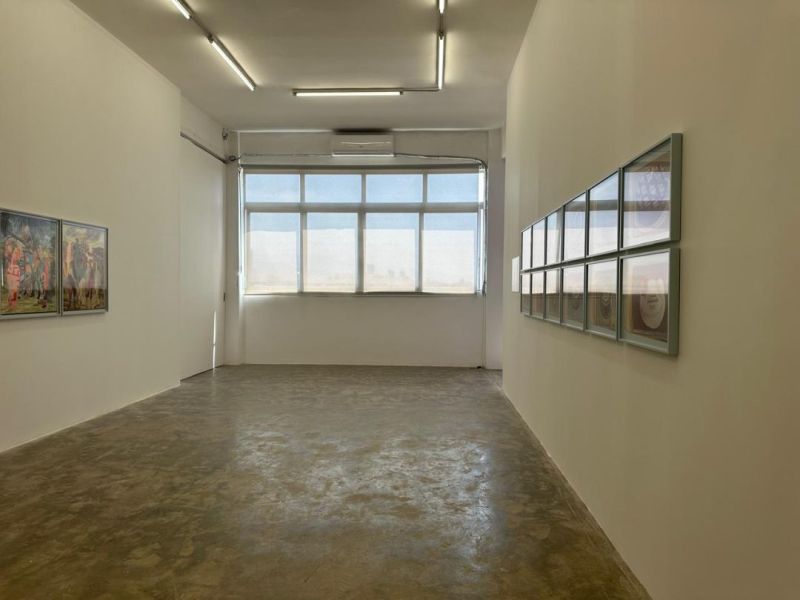
In this dual exhibition, consistent with his approach over the past 30 years, Walid Raad showcases mixed media documents and objects he creates and transforms, embedding them in an imaginary world. He claims to have found or received these items, using his fictional collaborators to justify his eclectic work, all centered around a single concept. Each piece is tied to various objects, documents, lighting, colors, photographs, videos, maps, and suspended words. These elements tell stories rooted in a fragmented collective memory, leaving the ultimate Truth elusive, blurred, and fictional, much like these imaginary documentary-souvenirs narrated in a "dyslexic" yet refined manner.
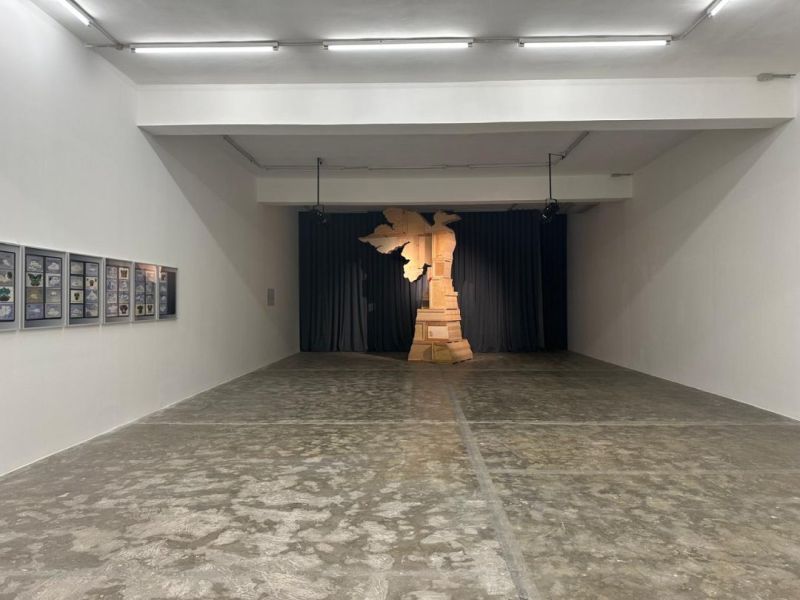
The first exhibition tells the story of a blue Volkswagen connected to Brooke Shields, surrealistically exploring the links between the birth of a "collaborator," Manal B. Tarabay, in this car and its representation years later by the actress.
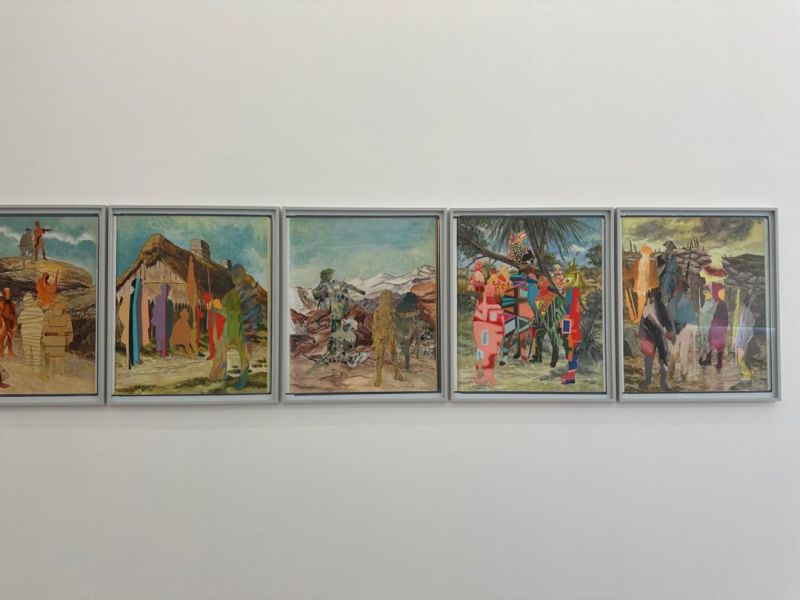
In this exhibition, the large blue car occupies the entire space, symbolizing the importance the artist places on the political, military, and historical events of 1982 to 1984, which continue to haunt memories. Perhaps he seeks something greater, something transcendent, to give meaning to his existence and answer his questions. The car, where a collaborator is said to have been born, is surrounded by an exhibition of miniature elements and characters related to the war, framing the artist's prized vehicle with meticulous attention to detail, encapsulating his thought process.
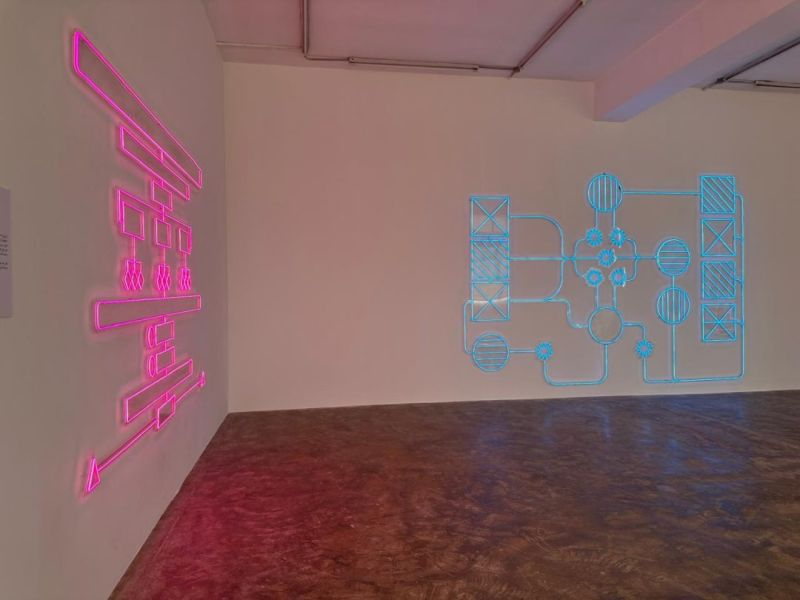
The second exhibition, in a larger space in the Quarantine district, features immersive video installations that envelop viewers in captivating visuals. These are accompanied by sculptures and series of prints that reflect Walid Raad's Dadaist approach, distorting facts and current events. The rooms flow into each other, dissolving, in the artist's view, the boundaries imposed by "warlords." Through these spaces, he traces fragmented words from his past and a disjointed collective memory, despite his "dyslexia." These memories inspire Walid Raad and his fictional collaborators. Each space leads to another, like a continuous questioning of an incomprehensible history and an endless search for meaning and truth. Is there only one version of events? Visitors move through the two exhibitions in different locations, like a challenging journey, hoping to find answers to their questions.
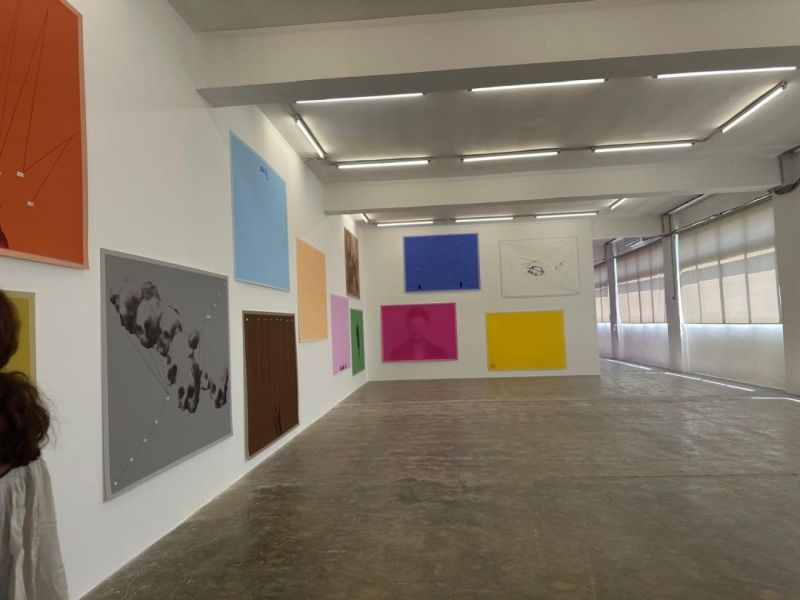
Walid Raad's works explore fragments of the past and what could be "evident, possible, probable, thinkable, speakable, and imaginable," blurring the lines between history and fiction, reality and imagination, accusation and irony. The artist continues to pursue three long-term projects: The Atlas Group (1989-2004), Scratching on Things I Could Disavow, and Sweet Talk: Commissions (Beirut).
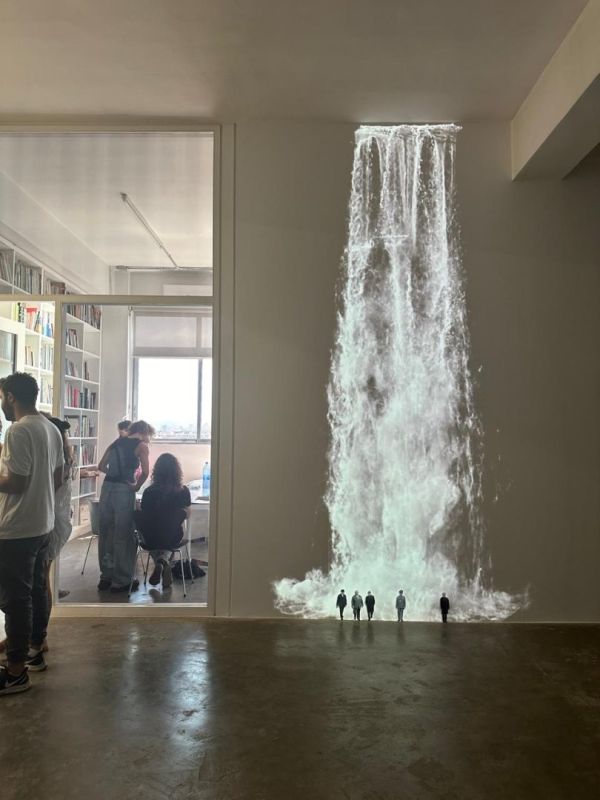
The Festival of (In)gratitude runs at the Sfeir-Semler gallery in Beirut until January 4, 2025.
Read more
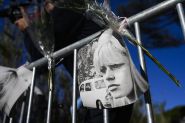


Comments